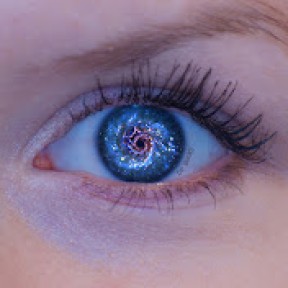Vera Rubin Observatory | Most Ambitious Astronomy Project
| Move over JWST, move over Euclid, the eyes of the astronomy world are all moving to look at the Vera Rubin Observatory which is getting closer and closer to what’s known as “first light” in August 2024 - when after 13 years of construction in the Chilean desert, for the first time light will be collected by the 8.4m mirror and travel through the telescope’s optical system.
Rubin is one of the most ambitious astronomy projects we’ve ever seen - yes its seen all the usual technological advancements that come with a new observatory - but Rubin stands out due to the sheer scale of what its going to attempt to do.
You see, unlike other telescopes which astronomers apply to use to focus in one specific object that they’re really interested in, Rubin will complete a full survey of the entire sky every three nights - splitting the sky up into a mosaic and going back night after night to collect more light and build up a picture of what’s in each part of the sky so that it can record the things that have changed in the sky each night - from supernova, to asteroids, or burping black holes.
All of this together means that Rubin will collect a HUGE amount of data, its estimated that it will detect 20 billion objects in the sky over its 10 year survey, and flag 10 million things that change in the sky each night. Over its 10-year survey, it will collect around 60 petabytes of data! So with all that data, Rubin is set to change the face of astronomy forever, as long as we’re prepared for that deluge of data...
00:00 - Introduction
02:47 - AD | Kiwi Co
04:18 - Who was Vera Rubin and why is the telescope named after her?
06:59 - What are the new technologies that have been developed for the Rubin Observatory?
08:41 - What are the Rubin Observatory's main science goals?
10:24 - How does Rubin differ from the Euclid Space Telescope?
13:13 - Bloopers















































